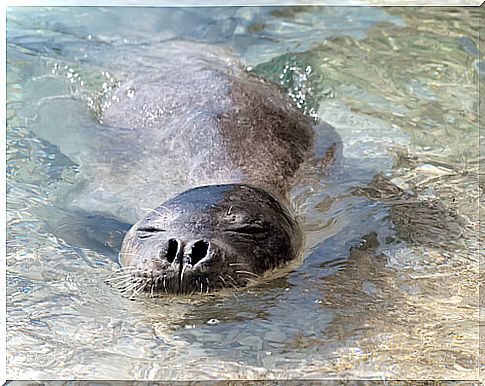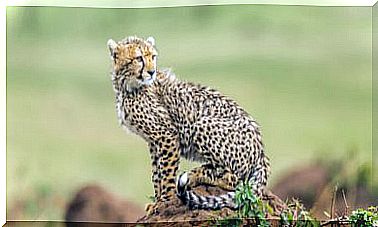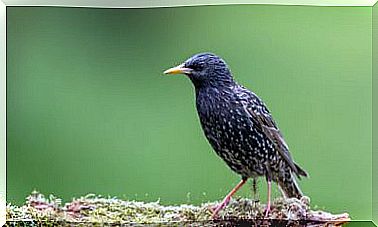Extinct Animals In Spain
The extinct animals in Spain are of many curious species and some of them unknown. The interest in these extinct animals is in order to reintroduce them into our ecosystems, especially those that have recently disappeared.
The Official State Gazette has included a list of several extinct animals in Spain: 32 species among flora and fauna that have disappeared from the forests and seas that surround the Iberian Peninsula.
This list is not intended simply to mention the extinct animals in Spain: this would be the first step to propose reintroductions of these animals in their former natural habitats.
The list does not include all the extinct species in Spain, as is the case of the beaver. Probably only species whose former range, habitat and circumstances of their disappearance are clearly known are included.
According to those responsible for the initiative, this list has been approved along with several criteria that should regulate the introduction of these species. Although most species are flora, there are many striking species, such as the legendary European lynx.
Extinct animals in Spain: the monk seal
Perhaps one of the most striking species to make this list is the monk seal ( Monachus monachus ). This pinniped is in serious danger of extinction worldwide. The monk seal could be found throughout the Mediterranean coast, although during the 20th century it was expelled from most of the Levant. In the 1950s, the rise of the Costa Brava relegated it to the Balearic Islands.
There is evidence that the last monk seal specimens from the Balearic Islands were hunted in 1958. The extinction in the Canary Islands is much earlier, because during the conquest of the islands they were hunted for their skin and meat.

Sadly, the few specimens that live in Greece, Turkey or Madeira hardly form stable colonies due to their widely dispersed populations. On the Cape Blanco peninsula, off the coast of Mauritania, the last great colony of 200 specimens persists, which would be a third of the world’s monk seals.
On our coasts there have been very few sightings in Mallorca in recent years, but currently it could be considered one of the extinct animals in Spain. There is the intention of starting an experimental release in the Canary Islands in 2020.
Will large cetaceans be reintroduced?
The exploitation of the Basque whalers or even the Romans reveals extinct whales on Spanish coasts. Probably the most important of all is the glacial right whale, also known as the Basque whale.
The sighting of blue whales in Galicia opens the door for other great cetaceans to begin to forgive us for hunting whales and return to their old migratory routes, sure that they will not be harmed, but this will be a slow process that will not be done. can speed up.
Extinct animals in Spain: another species of lynx?
Of the four 4 species of lynx, Spain was one of the few places where two of them could be admired. The boreal lynx can triple the weight of the Iberian lynx, as it can perfectly weigh 30 kilograms.

Formerly, the European lynx inhabited places such as the Catalan Pyrenees, Asturias or the Basque Country. It had always been a legendary animal, but in 2015 its presence in Spain was confirmed just 400 years ago, which confirmed that it is another of the extinct animals in Spain.
The boreal lynx is not only larger, but its long legs and thick fur allow it to withstand low temperatures, which is why it is distributed even in the Himalayas. This animal can kill roe deer, unlike the Iberian lynx.
The return of the birds
There are not only mammals that want to return to the Iberian Peninsula: among the extinct animals in Spain are raptors such as the impressive European eagle, which is only found in northern Europe and may have bred in the Balearic Islands.
Another of the air hunters that could return is the Lanarian falcon, which reproduced in the Guadalquivir marshes in the mid-19th century, but there are closer sightings, especially in the Strait of Gibraltar.
Other extinct animals in Spain are the elusive grévol, the Greek partridge, the black grouse or the torillo, and of which reintroduction projects could be initiated. We certainly hope to see some of these amazing animals again.









